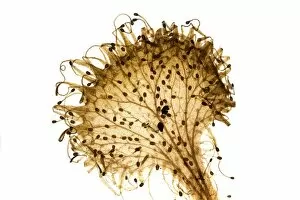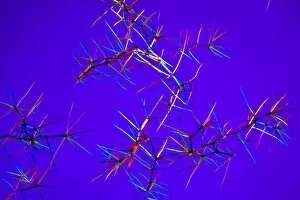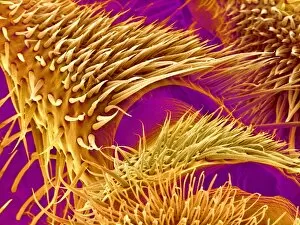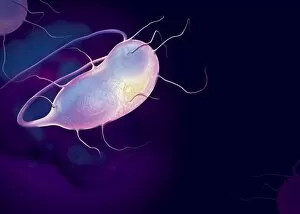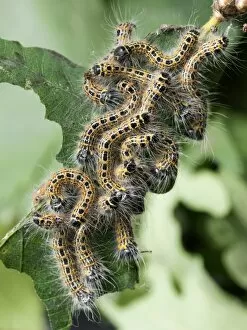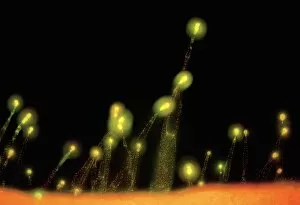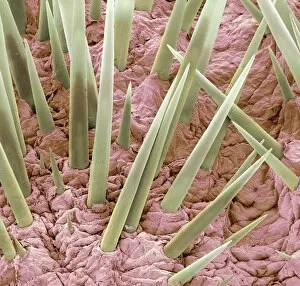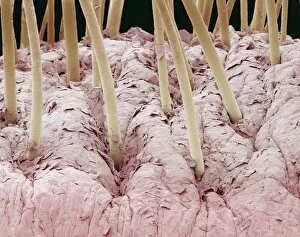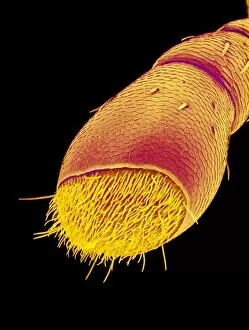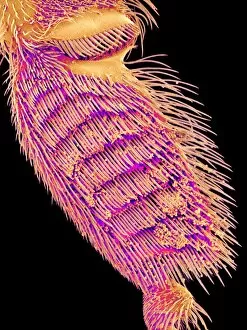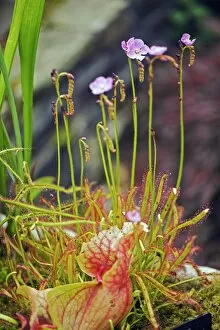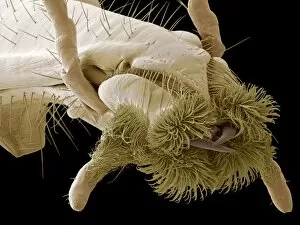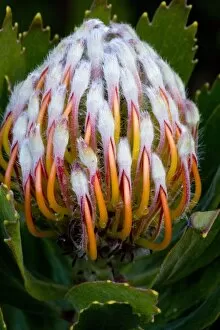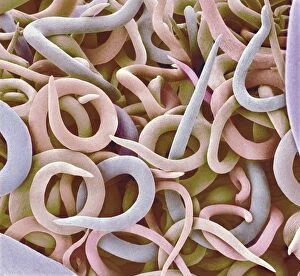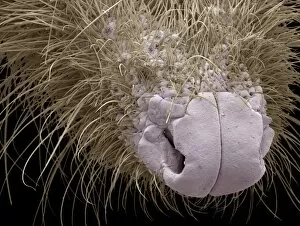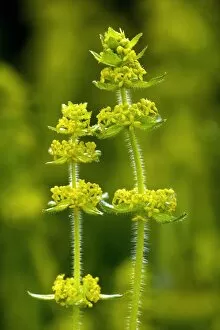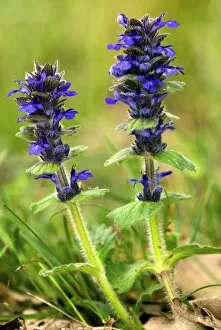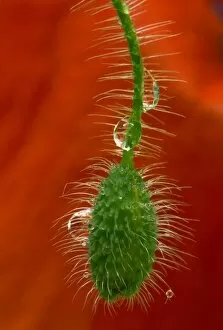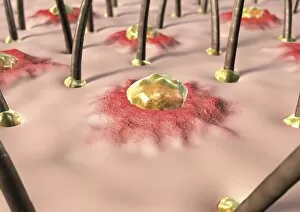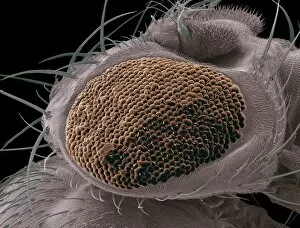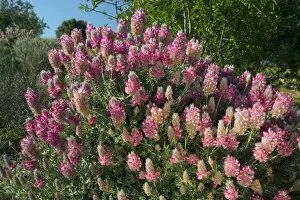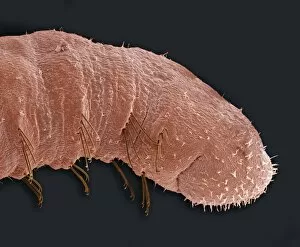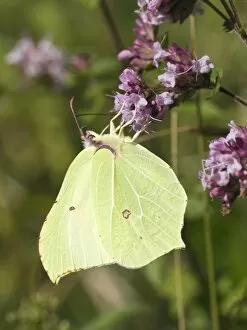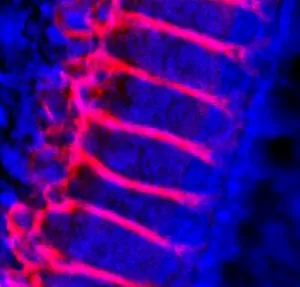Hairs Collection (#22)
"Hairs: Nature's Intricate Masterpieces Revealed in Stunning Detail" Delve into the mesmerizing world of hairs, where Botanik Digitalis purpurea L
All Professionally Made to Order for Quick Shipping
"Hairs: Nature's Intricate Masterpieces Revealed in Stunning Detail" Delve into the mesmerizing world of hairs, where Botanik Digitalis purpurea L. Fingerhut 160:1 showcases its delicate beauty under the watchful lens of a scanning electron microscope (SEM). Witness the enchanting dance of a honey bee as it delicately lands on a flower, its fuzzy body adorned with intricate hairs that aid in pollination. Zoom closer and explore the astonishing structure of a honeybee leg, revealing an array of tiny hairs that assist in gathering nectar. In another captivating image, a young man wearing an open plaid shirt stands amidst his backyard oasis, his hair flowing freely in the breeze. Each strand tells a unique story and adds to his individuality. Meanwhile, peer through the compound eye of a fly captured by SEM Z340/0698, unveiling countless microscopic hairs that provide sensory information crucial for survival. Marvel at the elegance of nature's design as you examine the moth antenna up close; every hair meticulously placed to detect pheromones and navigate its surroundings. Transport yourself back to 1911 and admire Bacchante's costume from Ballets Russians—a true masterpiece adorned with feathers resembling fine strands of hair. Discover Barbara Woodhouse & Dog - their bond evident as they share an intimate moment while showcasing their respective coats—each boasting distinct textures and patterns created by millions of individual hairs intricately woven together. The butterfly wing presents itself like an artist's canvas under SEM; vibrant colors blending harmoniously alongside delicate scales reminiscent of ethereal strands. Journey further into nature's realm as French lavender leaf surface reveals itself—an intricate tapestry composed entirely out of minute leaf hairs working tirelessly to protect this fragrant plant. Uncover history within artistry as you encounter Black Death rat flea artwork; each menacing hair depicted with meticulous attention to detail reminding us how these tiny creatures played such significant roles in shaping our past.


